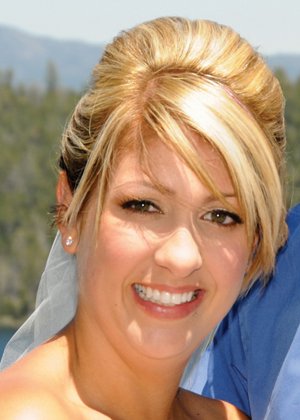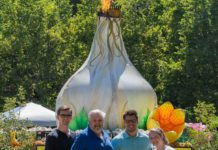The San Benito County District Attorney’s Office has reiterated a non-disclosure policy that defies the state open records law after a request related to the Heather Carroll murder case, contended the chief legal counsel for the California Newspaper Publishers Association.
The district attorney’s office last week denied an inquiry from the newspaper for documents in the murder case and reiterated an office policy barring access to any police reports or other records.
“We don’t give police reports out,” District Attorney Candice Hooper said. “Our records are confidential.”
The Hollister Police Department, meanwhile, initially declined to release any 911 dispatch records in response to a Free Lance request last week. But the city confirmed Monday that once the investigation is finished, it will release certain information from the records that it deems disclosable under the law.
Both agencies are required by the open records law to release records from police reports and 911 calls, and carry the burden to prove in specific instances that they should be exempt from a particular disclosure, said Jim Ewert, legal counsel for the CNPA.
As for the D.A.’s blanket policy against release of reports, Ewert said district attorney’s offices are held to the same standards with the public records act as other government agencies. He acknowledged, as with other government agencies, that there are disclosure exemptions under the law such as information that could endanger a witness.
“It has to be grounded in some exemption that is either in the public records act or in some other area of the law,” Ewert said of such denials.
The agencies were responding to requests from the Free Lance in light of the murder case. Police on Oct. 13 arrested David J. Quiroz on suspicion of homicide after a standoff at his home in the 2100 block of Cerra Vista Drive – where he directed authorities to the body of Carroll, a 25-year-old mother and wife who went missing Oct. 10. An autopsy report concluded she died of strangulation and blunt force trauma.
Police on the evening of Oct. 12, two days after Carroll’s disappearance, responded to Quiroz’s home after someone called 911 saying he was possibly armed and suicidal, Police Chief David Westrick has said.
The police chief has reported that investigators were on their way to the Quiroz home when dispatchers received the 911 call about him. Carroll’s husband Grady, meanwhile, has been critical of the police response, as reported by local television stations, and claimed the family expressed concern to police about Quiroz shortly after she went missing.
In Westrick’s initial email response to a request for 911 records and data about any prospective firearms that may have been used or owned by Quiroz, the chief replied that the city “has no registration records relating to firearms possibly used by or registered to Mr. Quiroz.”
As for the 911 recording, he replied: “The City does not release 911 recordings which are considered criminal investigative reports. Criminal investigative reports are exempt from public disclosure pursuant to Government code 6254(f).”
He did, though, forward the request to the city attorney. She clarified Monday that the city would release certain information from the 911 records once the investigation is done.
One reason why the state public records act requires disclosure of 911 records is to hold agencies accountable for performance. In September 2010, a Free Lance request for 911 recordings – related to biker gang members holding up county residents at gun point – led to widespread public dialogue and criticism about the incident response by dispatchers and the sheriff’s office.
Although some public safety entities have denied release of 911 records, there are many examples showing the release of such records as common practice throughout California. The Los Angeles Police Department goes as far as posting 911 recordings on a website, while there has been state legislation proposed in the Assembly to further restrict what information can be released to the public from 911 calls.














